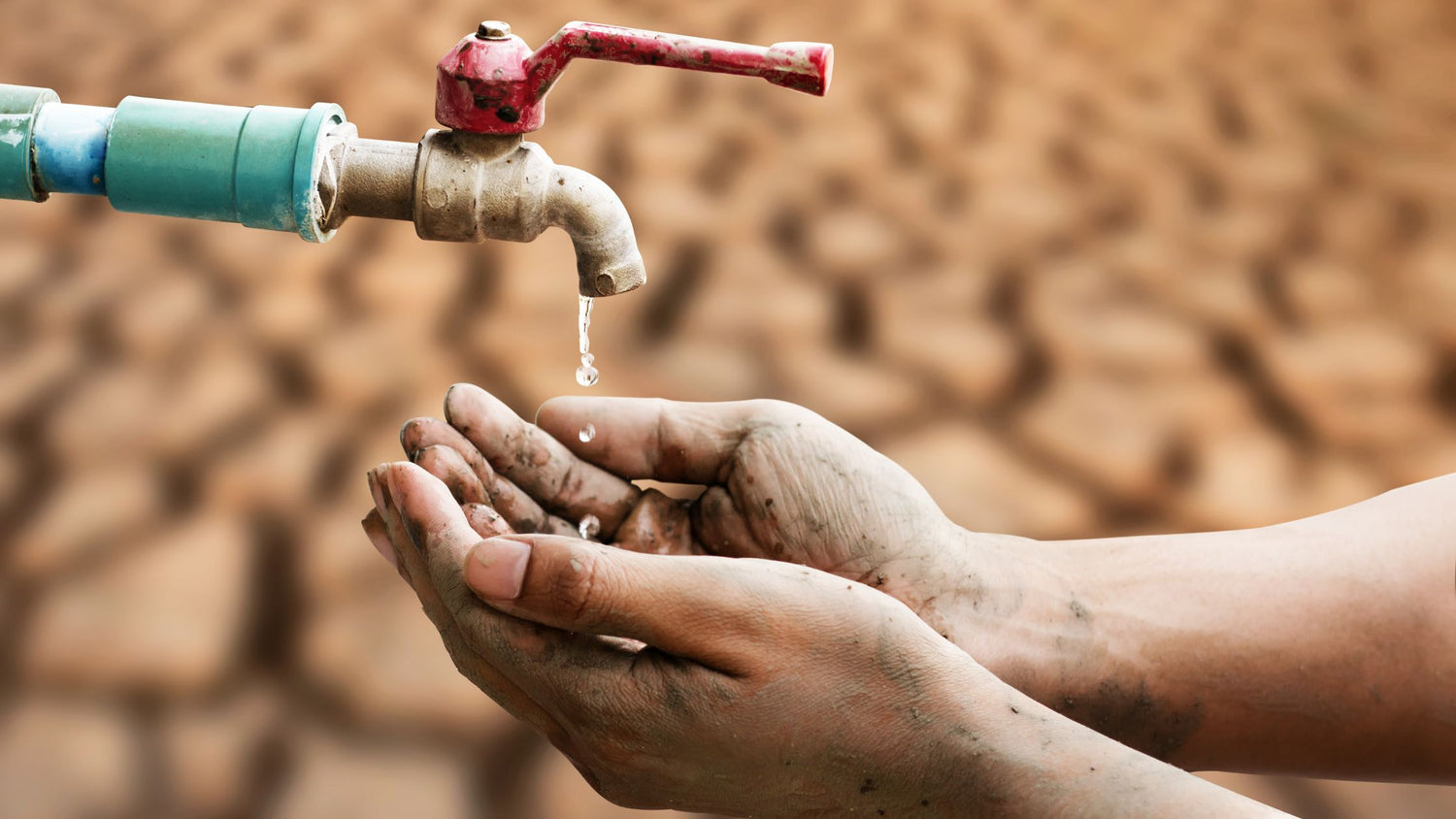In areas experiencing a drought, maintaining a lush garden can seem like an unattainable goal. However, with the right strategies, it's possible to nurture a healthy landscape while conserving water. Whether you have years of gardening experience or are just beginning, implementing these helpful tips ensures your plants receive necessary care without unnecessary water waste.
Optimal Watering Times
Early Morning Advantage
Water your garden during the early morning to maximize water absorption and minimize evaporation. The cooler temperatures and calm winds ensure that water soaks into the soil rather than evaporating or being blown away. This timing allows plants to hydrate and prepare for the heat of the day.
Evening as an Alternative
If your schedule doesn't allow for morning watering, the late afternoon or early evening can also work, but with caution. You should aim to water your plants when they still have time to dry before nightfall to prevent fungal diseases that thrive in cool, wet conditions.
Drip Irrigation Efficiency
Targeted Watering through Drip Irrigation
Drip irrigation systems deliver water directly to the base of each plant, drastically reducing waste. Unlike sprinklers, which can sprinkle water indiscriminately, drip systems can be fine-tuned to release exactly the amount of water your plants need.
Promote Deep-Root Growth
The slow, steady nature of drip irrigation encourages water to penetrate deeply into the soil. This deep penetration supports the development of robust root systems, which are crucial for helping plants access water at greater soil depths, increasing their drought resistance.
The Power of Mulch
Conserving Moisture with Organic Mulch
Applying a layer of organic mulch around your plants can significantly reduce moisture evaporation from the soil. Organic materials like straw, wood chips, or shredded bark not only retain moisture but also gradually improve soil structure as they decompose.
Temperature Control
Besides moisture retention, mulch helps regulate soil temperature by insulating the soil against extreme heat, which is beneficial during hot drought conditions. This environment allows for healthier, more resilient plant growth.
Prioritize Watering
Water Where Necessary
Prioritize watering for new plantings, vegetables, and areas of your garden that are still becoming established. Mature plants and trees usually have deeper root systems that can access water from deeper within the soil and often can withstand periods of drought better.
Efficient Water Use
Avoid using a sprinkler system for targeted watering; instead, use a watering can or a hose-end sprayer to directly water areas that need it most. This ensures your water goes where you want it, without wasting it on weeds or paths.
Harvesting Rainwater
Collect and Conserve
Installing a rain barrel system is an excellent way to take advantage of any rain. Diverting gutters to channel rainwater into a barrel can provide you with a supplementary water source during dry times. Using stored rainwater reduces dependencies on municipal water systems, easing the demand for community resources.
Easy Integration
Adding a rain barrel is simple and can integrate seamlessly into your existing garden design. Many barrels come with taps for easy access and can be connected in series to increase storage capacity.
Sustainable Lawn Care
Raise the Blade
During a drought, let your lawn grow slightly taller than usual. Longer grass blades provide shade to the ground, helping to prevent the soil from drying out quickly. Additionally, higher grass promotes deeper root development, enabling your lawn to better withstand drought conditions.
Infrequent, Deep Watering
Watering your lawn less often but more thoroughly encourages roots to grow deeper in search of moisture, making your lawn more resilient. Aim to soak the soil to a depth of about 6-8 inches, which fosters significant root growth.

Embrace Drought-Tolerant Plants
Go Native
Native plants are accustomed to the local climate and soil conditions, often requiring less water and maintenance. Plants that are native to your region naturally thrive with minimal supplemental watering, which is ideal during drought.
Drought-Resistant Varieties
Explore plants that are known for their drought tolerance - such as lavender, sage, and succulents. These plants not only use less water but also add diversity and beauty to your garden with minimal environmental impact.
Adapting your gardening practices during a drought doesn't mean sacrificing the beauty of your outdoor spaces. By selecting appropriate planting times, maximizing irrigation efficiency, and using strategic watering techniques, you can maintain a vibrant garden that respects and conserves water resources. Applying these methods will not only help your garden survive a drought but thrive in one.





Leave a comment
This site is protected by hCaptcha and the hCaptcha Privacy Policy and Terms of Service apply.